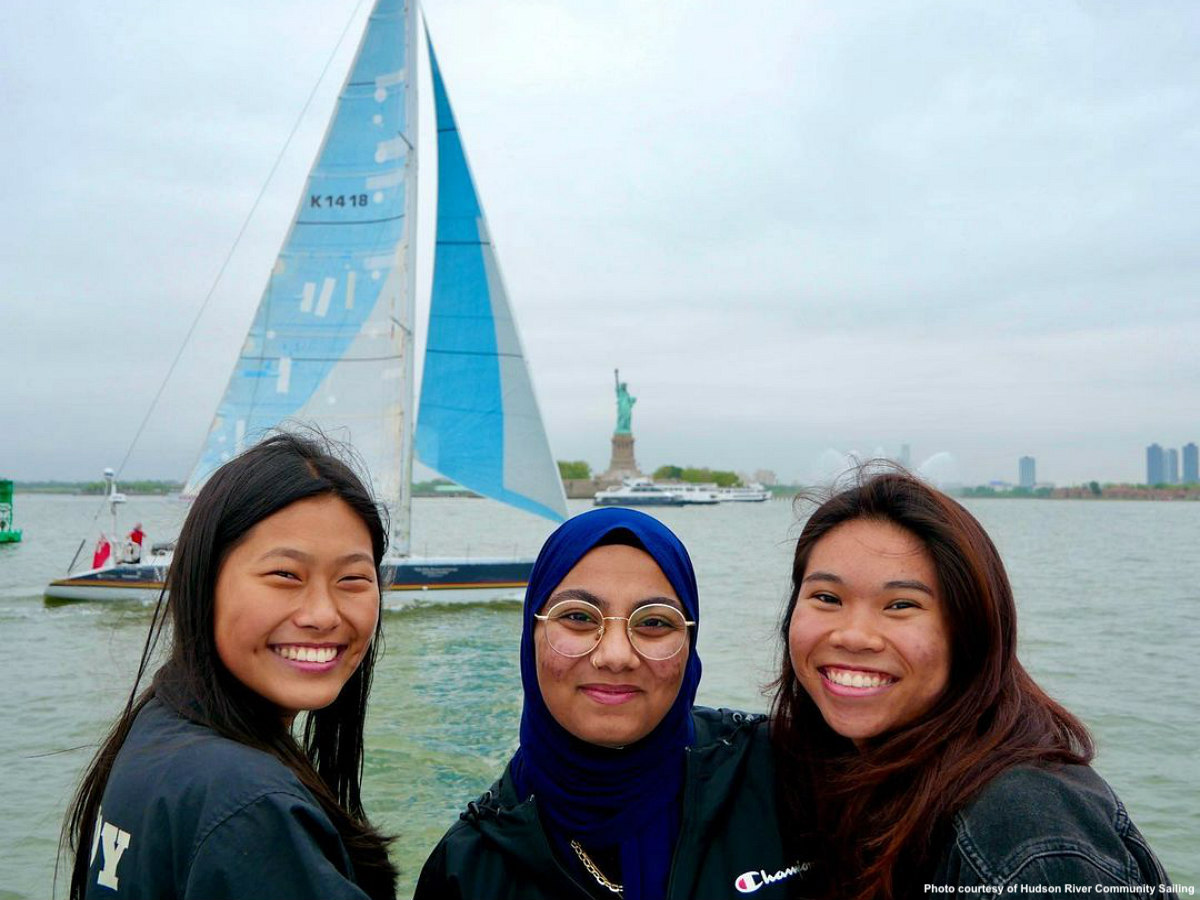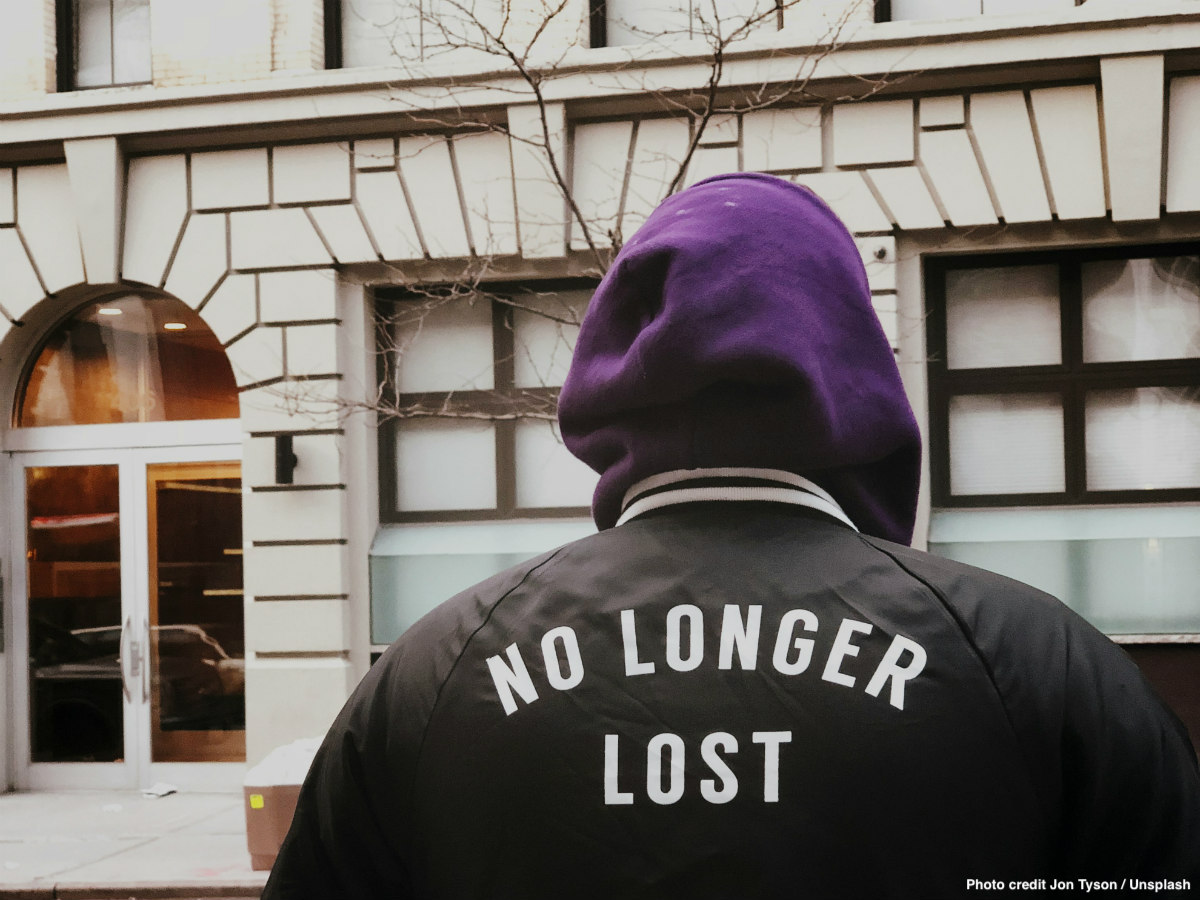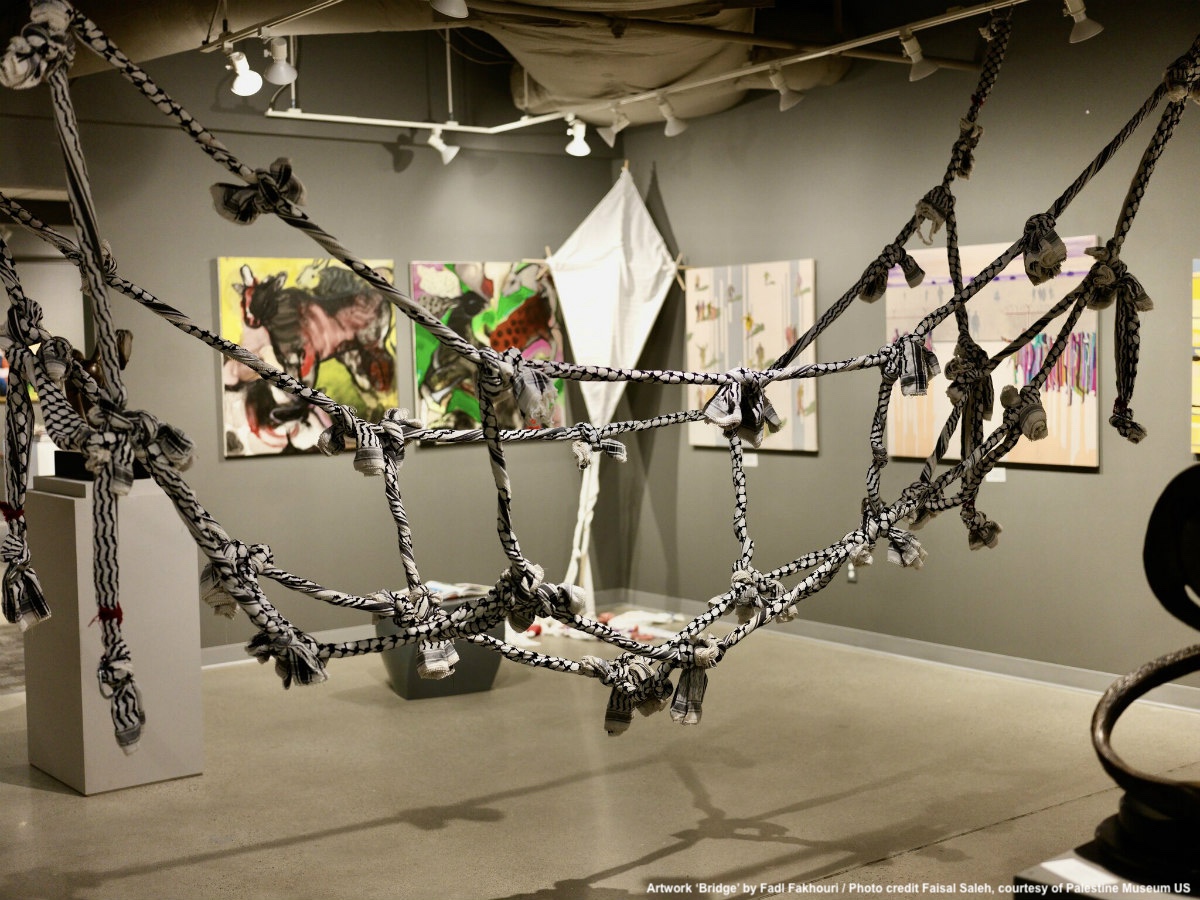I once read an interview with the legendary French yachtswoman Isabelle Autissier, who has been around the world four times under sail, and said “When you are sailing, you always think about what could happen in two hours, in six hours, in 24 hours. And you think about Plan A, Plan B and Plan C. What do I do if this doesn’t work, or if that breaks? You have a kind of mental machinery that prepares you.” Now that I came across the Hudson River Community Sailing, I am gaining a more nuanced appreciation of those words.
Fifteen years ago, a community of amateur sailors began teaching students, who struggled at public schools, how to sail from the shores of Manhattan, and who would never have had affordable access to the waterfront, even living on an island.
This encounter of disadvantaged youth with a sport rather reserved for the rich encapsulated a simple yet unconventional concept that its founders believed could develop certain skills in students, and namely change the course of youth development in underserved New York City.
Personal growth and academic skills were intertwined through sailing at public schools in Manhattan — the educational experiment continues today and has contributed to reducing inequality of access and outcomes in higher education.
As hundreds of millions of dollars had been cut from budgets in New York schools, forcing administrators to slash arts and after school programming, Hudson River Community Sailing’s program is a stronghold to reduce the skills gap between students which is necessary for college and career success.
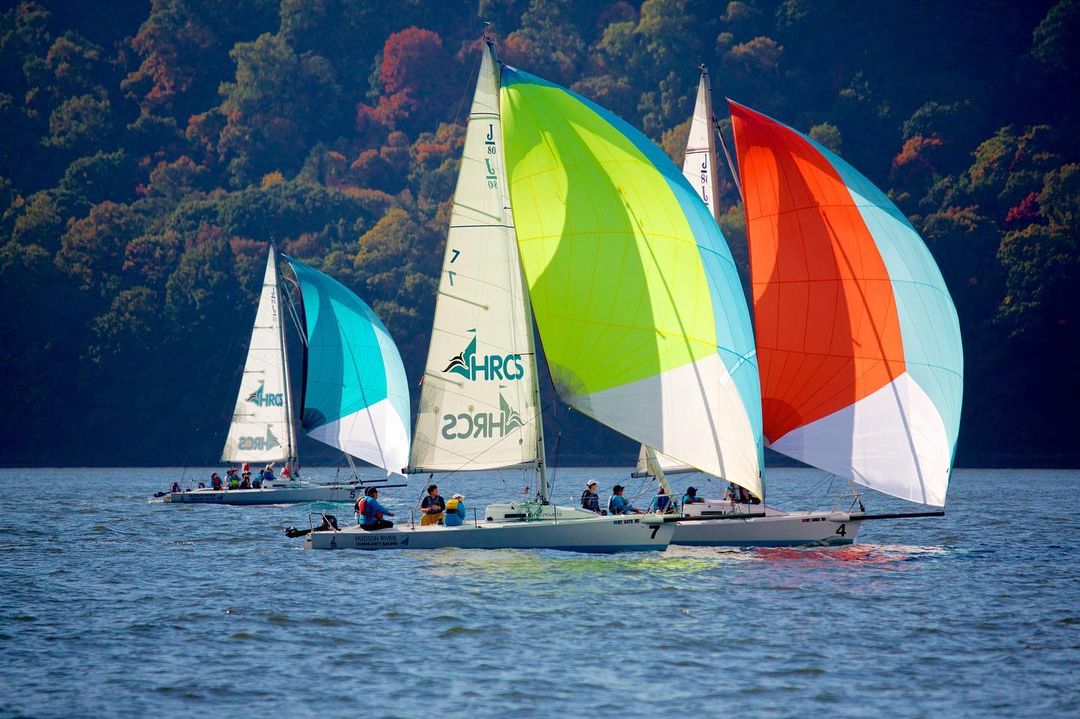
I met Alex Baum, the former Youth Program Director of the non-profit Hudson River Community Sailing to speak about this sign of activism in education strikingly using a sport for the elite. Baum helped develop many of the programs from 2008 to 2017 that still exist today. He is on the advisory board and actively follows the progress of the organization.
“I was finishing university when I met Bill Bahen, an avid sailor, who had the idea for this education program and needed people to run it,” he explained. Bahen secured access to the docks and boathouse at Pier 66 in Hudson River Park so that programs could start in the summer of 2008. And he founded Hudson River Community Sailing with a fleet of three donated sailboats from an organization in Washington.
HRCS began offering an eight-week summer sailing program with about 250 children in Manhattan but soon switched into an after-school program running the whole year with the belief, pointed out Baum, that “sailing could be a means to teach math and science to students who struggled in public schools.” “In addition, sailing could give them the skills and boost in confidence and leadership that could help them in the future.”
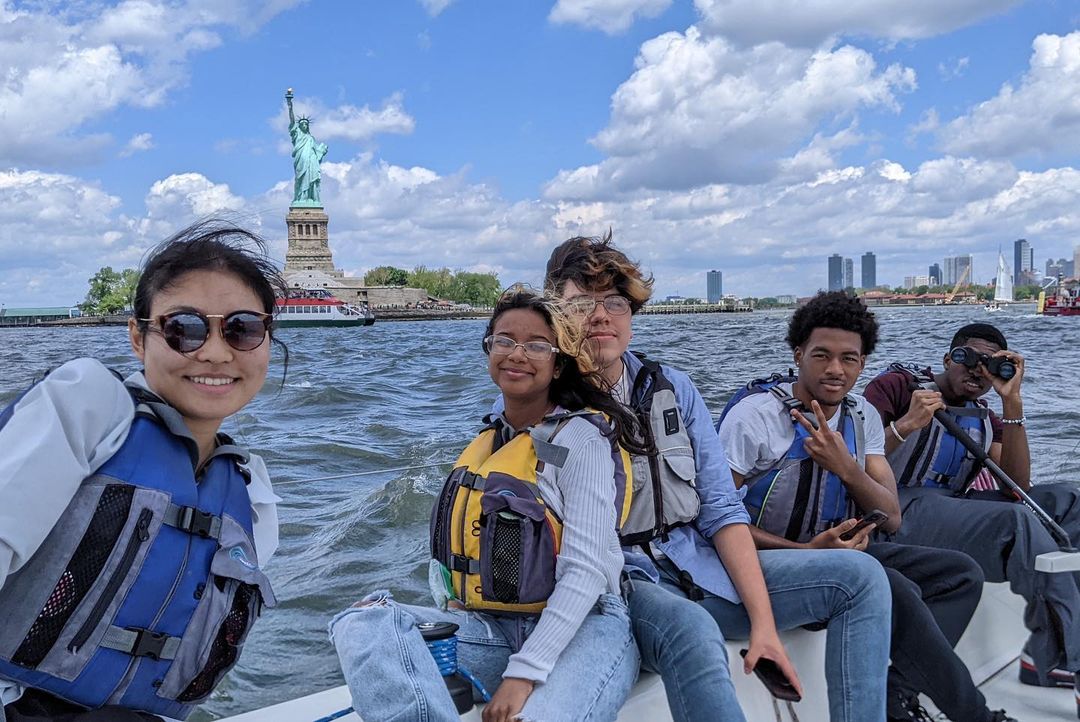
This unconventional sailing organization strongly believes that it can offer affordable marine education in a meaningful way, therefore STEM education is at the heart of its mission. Its after-school program is part of the academic curriculum through partnerships with public schools for underserved New York City youth. After completion of the first two years, students can earn a school credit in math, science and physical education. “It was very important for us to be different; firstly as an alternative education program, because many students struggle in traditional educational settings; and secondly as a sailing organization, because the focus was more on life skills than sailing skills.”
I asked Baum how they managed to put together a sailing program that usually is such an expensive challenge anywhere in the world, and especially in Manhattan. “Yes, at the beginning it was a struggle with the funding,” admitted Baum. The group holds fund-raiser events and relies on individual donations for about half of its financing, but they have also created a self-feeding circle that differentiates them from other non-profits and the traditional sailing clubs.
Sailing could give the students the skills and boost in confidence and leadership that could help them in the future.
“A lot of organizations work either with kids or adults, we work with both and optimize the use of the boats shared with our diverse and vibrant community to reduce the cost and keep the boats sailing through almost the whole year.” Baum didn’t shy away when he explained that when people who want to sail get exposed to the organization, many end up being mentors or want to support it with donations. “It provides so many benefits for everyone. Volunteers and mentors turn into donors, and many people get to sail in Manhattan when the boats are available,” said Baum. “During the winter the instructors continue to give lessons on boat building to ensure the continuity of the program, which is very important for the students.”
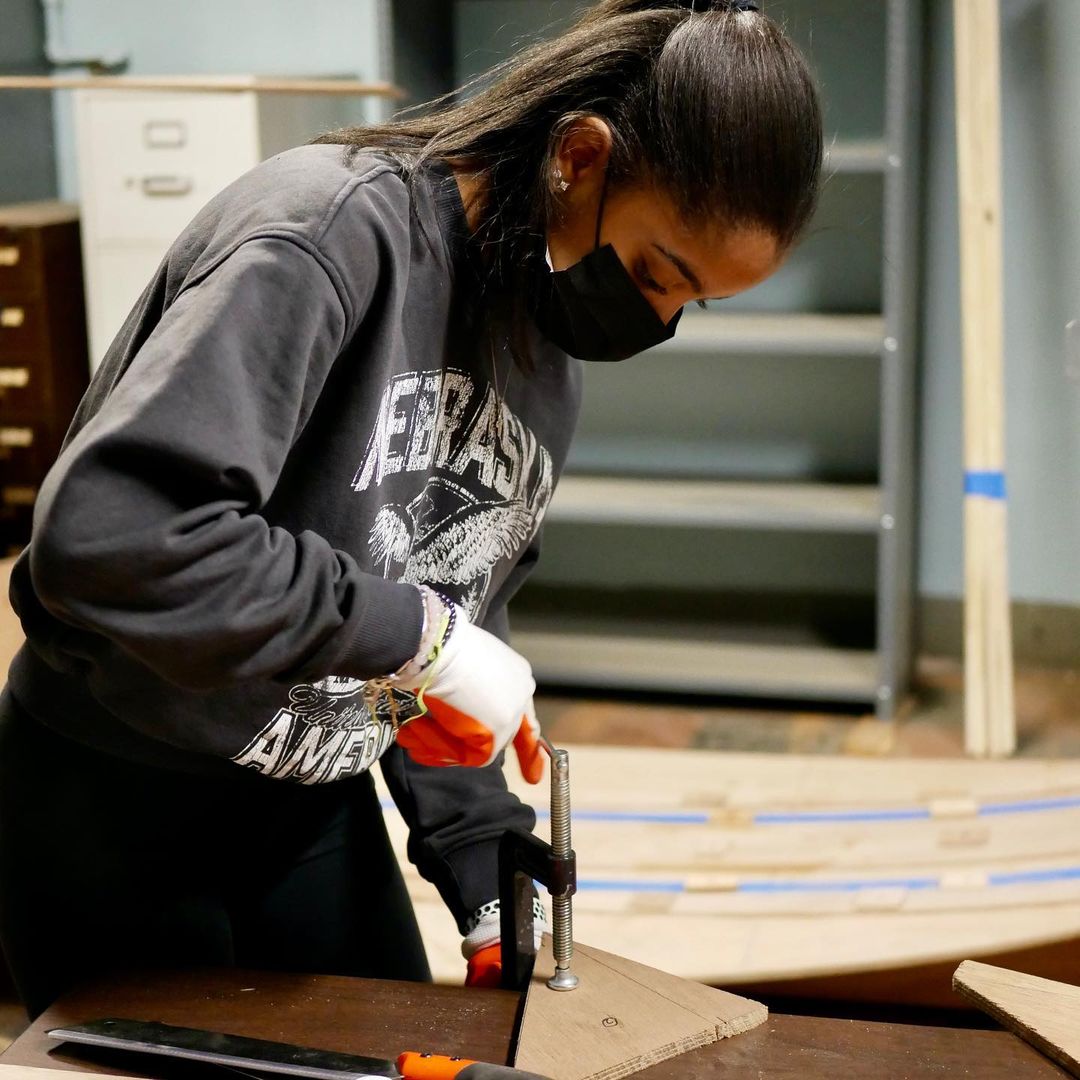
In 2015 Hudson River Community Sailing opened a second location at the northern tip of Manhattan. It operates at Dyckman Marina in the community of Inwood and has continued to grow the programs at the original location with the schools in Chelsea. In Inwood “the location provides some of the most beautiful views on the Hudson every time you sail” and serves a population, mostly Hispanic, with a lower average income compared to other neighborhoods in Manhattan. “Most of the students in the program go to the school in this area, which creates a stronger connection with the community,” explained Baum.
According to a study in 2016 about Equality and Quality in U.S. Education by the Education Policy Center at American Institutes for Research, disparities and school inequities in practices and systems diminish opportunities for traditionally underserved students. “With respect to high school completion, which is a strong predictor of adult income, White students graduate at a rate that is 15 percentage points higher than that for Black students, and 11 percentage points higher than that for Hispanic students.”
A more recent study about Equality of access and outcomes in higher education in England concludes that “around five times more students from the highest-income quintile will end up at these high-tariff universities, with all the future benefits that brings, than will make it from the lowest income one.”
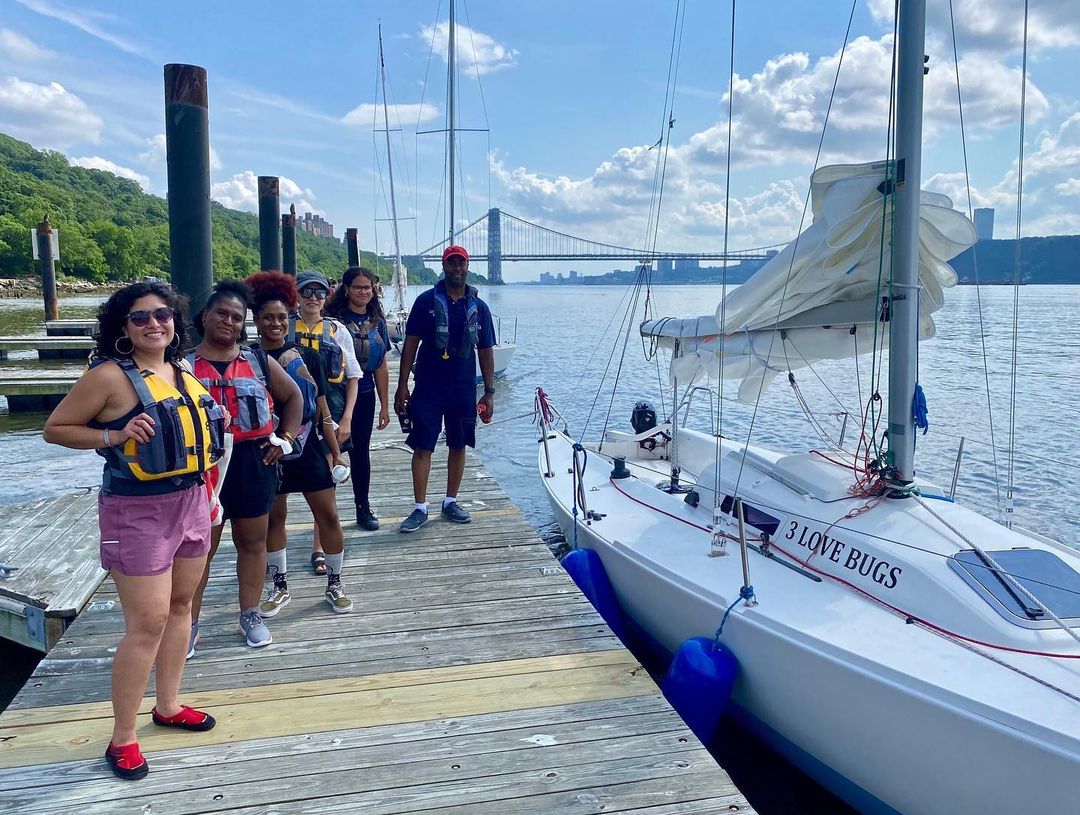
Through my conversation with Baum I understood that our society’s major socio-economic problems start at school. Hudson River Community Sailing’s program helps around 200 students in public middle and high school in New York City believe these students can be whoever they want to be — they’ve had engineers, business men and many other successful careers come out of their programmes.
Bill Bahen “worked tirelessly to establish HRCS on good footing during the economic collapse of 2008 and its immediate aftermath”. He lives now in Los Angeles and pursues other opportunities to further engage young people in innovative ways, but remains part of the advisory board. His legacy of what an engaged sailing community in Manhattan can do with young people, no matter what their backgrounds are, and when you put them in an environment to work out a plan for success, keeps inspiring the work of Hudson River Community Sailing until today.
On the boat sailing creates “an environment which has a lot of natural consequences, if you don’t do the things you have been told, and you don’t do them with a high level of craftsmanship, things fall apart,” explained once Bill Bahen on a TV interview.
Sailors need to be adaptable, itineraries change depending on the wind, and the same happens with life. Windy days will be always ahead, but as students finalize the program this month, they will know how to set sails and navigate into the world.
